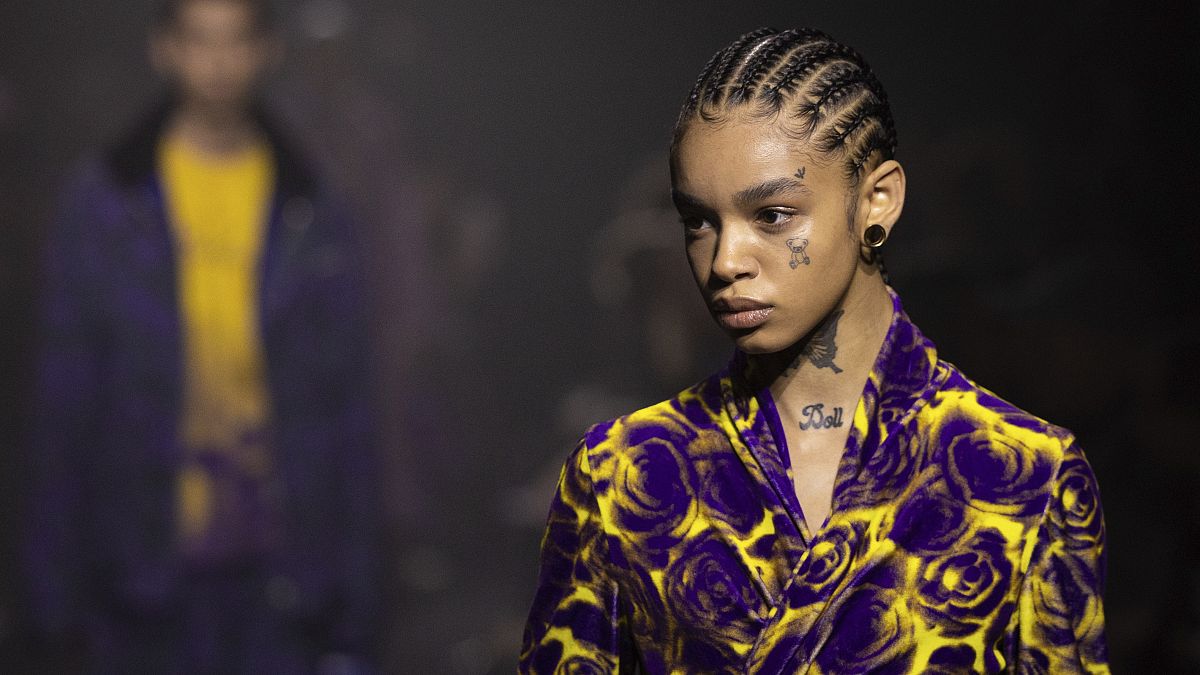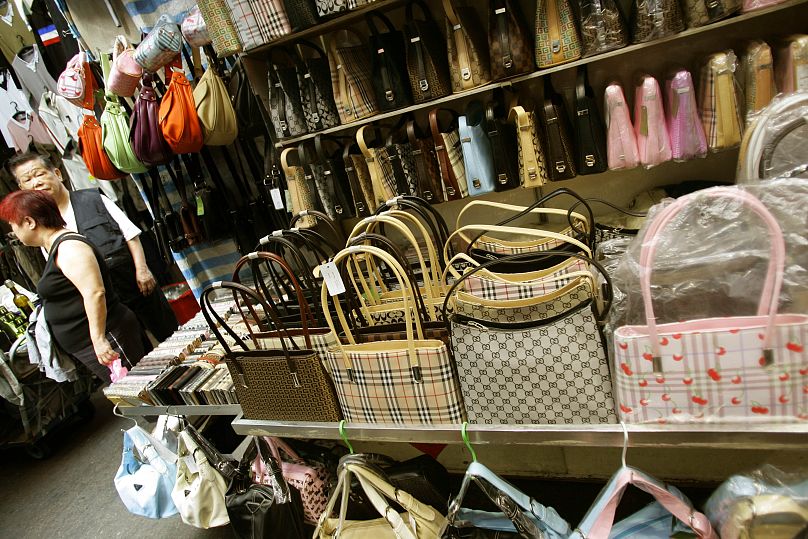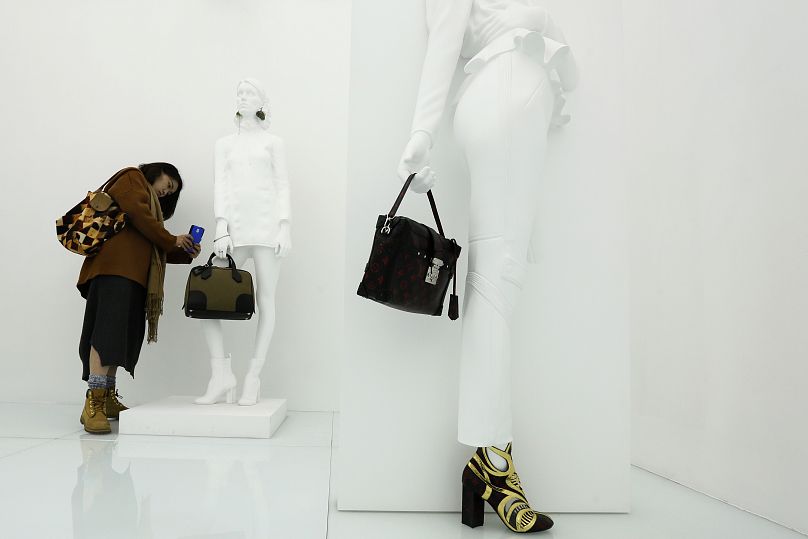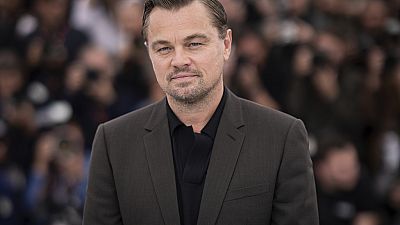Growing concerns about the negative effect of fashion fakes on the fashion industry mean some brands are turning to artificial intelligence (AI) to help seek out counterfeit products.
Over recent years, there has been significant growth in the production and selling of counterfeit fashion products. In 2020, according to product authentification platform Certilogo, the fashion industry lost more than €45 billion due to fake products.
With an increase in the number of consumers buying luxury products online, the value of the fake and pirated goods market reached €2.75 trillion this year, triple the amount in 2013 according to the Business of Fashion website.
Growing concerns about the negative effect this has on the fashion industry mean some brands are turning to artificial intelligence (AI) to help seek out fake products.
Social media influence
Buying replicas is no longer seen as taboo. On social media platforms, hashtags have emerged from influencers wanting to share reviews and tips on the best duplicate items and where to buy them.
TikTok’s #bougieonabudget shares videos of affordable replicas as an alternative to luxury products. The hashtag has over 554 million views. The #dupes have over 2.1 billion views and #Reps (for replicas) have 1.9 billion. Guides on how to find the best fake products are also available.
According to British newspaper The Financial Times, young shoppers are behind the rise in counterfeit consumption. And it’s easy to see why. Luxury brands are known for their high prices which are unaffordable for many young people. However, they are still very much desired. Buying dupes is an attractive alternative for those wanting to imitate current trends or celebrity-influencer styles seen on social media.
Why are counterfeits harmful?
It has become harder to tell real from fake merchandise. Previously, cheap knock-offs were easy to spot as they were known for their bad quality. But with today’s advanced technology, fraudulent items are sometimes indistinguishable from the original product.
It’s luxury brands that are most at risk with customers unknowingly paying full price for a product from a fake website. According to Certilogo, around 20 per cent of advertised products on social media platforms are fake.
Some fraudsters even go as far as imitating a brand’s official online store. When it arrives, the item may look like the real thing but doesn’t have its high quality. This is damaging to the brand’s image as it gives the impression a company known for its prestige and exclusivity is selling low-quality products.
Counterfeits are also harmful to the environment and the workers who produce them. Fraudulent merchandise is usually made in unregulated factories with people working in poor and hazardous conditions. They produce cheap, low-quality stock which deteriorates easily and is often thrown away. This practice is common in fast fashion, known to be harmful to the planet.
AI is battling counterfeits
Fashion brands are now turning to AI for a solution. Machines are used to analyse data and determine whether a product is genuine or fake. The machine focuses on images, texts and videos and is able to see flaws in a copied product that would otherwise be hard to spot with the naked eye. They can also pick up on a product's serial number, purchase orders and payment information to identify anomalies.
Some companies are now using smart labels. These clothing labels are equipped with a unique QR code. The code allows the product to be tracked. When the code is scanned, the item’s origin is displayed, confirming whether it’s an original or duplicate. Fashion houses such as the UK's Burberry Group are using image recognition software. By using a photograph, the software can tell whether a product is fake or not. It analyses every detail of the product such as the weaving and texture. Any flaws are taken as a sign the item isn’t real.
Luxury brands fight back
Global fashion brand Jimmy Choo – which specialises in shoes and handbags - uses Dupe Killers, an intellectual property tool created by global consultants Deloitte. This works in the same way as the one used by Burberry. French luxury group LVMH’s Patou has launched an AI-powered authentication system named Authentique Verify. With this app, customers scan a digital fingerprint created on a product and verify whether it’s an original.
Since counterfeits often come from online shopping sites, brands such as LVMH-owned Louis Vuitton are using AI to help enhance online customer experience. Something that would be hard for counterfeiters to replicate. By launching an assistant chatbot, LV aims to create a personalised and conversational shopping experience tailored to each customer.
The service suggests ideal items from their catalogue, provides information about the world of Louis Vuitton and enables customers to share products with their Facebook friends and get votes on what to buy.
Thanks to AI there has been progress in spotting counterfeit items. Luxury resale company Sellier’s Chief Executive Hanushka Toni told the Financial Times that human authentication is not enough now. With a bad fake, human authentication will get you there but with a good fake, there’s still a 15 per cent chance for error.
While concerns are being raised about the growing use of AI in the future workplace, for a fashion industry struggling to fight off counterfeit products, at least here it looks set to play a positive role.





